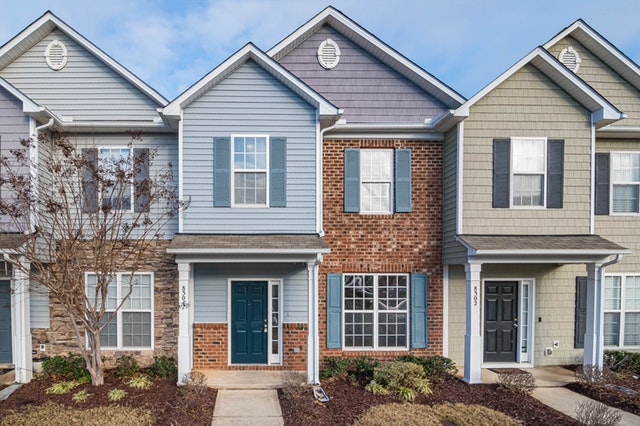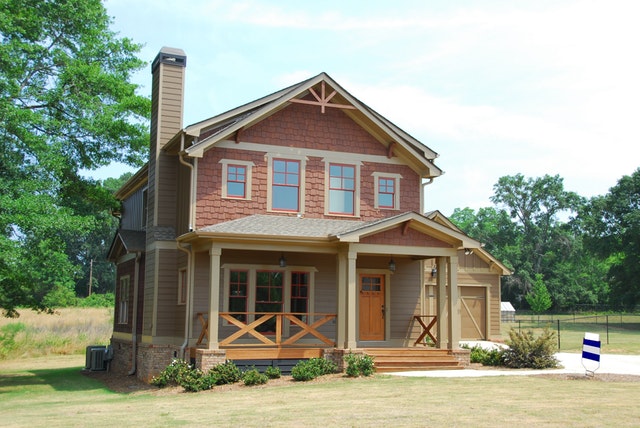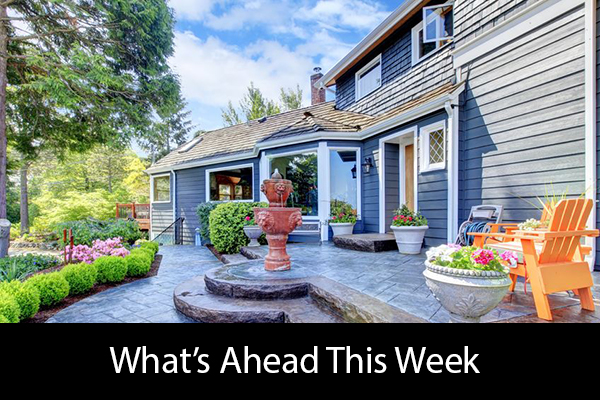 Home mortgage rates slipped to their lowest rates on record as uncertainty over the coronavirus continued to impact financial markets. Freddie Mac reported lower average mortgage rates for fixed and adjustable-rate mortgages.
Home mortgage rates slipped to their lowest rates on record as uncertainty over the coronavirus continued to impact financial markets. Freddie Mac reported lower average mortgage rates for fixed and adjustable-rate mortgages.
Rates for 30-year fixed-rate mortgages fell by 16 basis points to 3.29 percent; the average rate for 15-year fixed-rate mortgages was also 16 basis points lower at 2.79 percent.
Mortgage rates for 5/1 adjustable-rate mortgages were two points lower on average at 3.18 percent. Discount points averaged 0.70 percent for fixed-rate mortgages and 0.20 percent for 5/1 adjustable rate mortgages. The 10-Year Treasury Yield, which tracks with mortgage rates, slipped to 0.90 percent last week; this was the first time the yield rate fell below one percent.
Homeowners rushed to take advantage of low mortgage rates through refinancing, but homebuyers could not gain the same benefits from record-low mortgage rates due to persistent shortages of available and affordable homes for sale. Analysts advised against waiting to refinance as home mortgage rates aren’t expected to fall much lower.
Construction Spending Rises, Fed Cuts Key Rate as National Unemployment Rate Falls
Analysts have long relied on home builders to ease chronically short supplies of homes for sale. Construction spending rose to 1.80 percent in January as compared to December’s rate of 0.20 percent. Analysts expected January’s construction spending to rise to 0.90 percent.
The Federal Reserve cut its target federal funds rate range by 0.50 percent to 1.00-1.25 percent.in a move to relieve the impact of the coronavirus outbreak on the economy. The Fed may cut its key rate by an additional 0.25 percent when the central bank’s Federal Open Market Committee holds its scheduled meeting on March 17-18th.
Labor-sector reports showed mixed results for job growth. The government’s Non-Farm Payrolls report showed 273,000 public and private-sector jobs added in February, this pace was unchanged from January. ADP reported 183,000 jobs added in February as compared to 209,000 jobs added in January.
First-time unemployment claims fell to216,000 claims filed from the prior week’s reading of 219,000 new claims filed. Analysts expected 217,000 new claims filed. The national unemployment rate dropped to 3.50 percent in February as compared to January’s reading of 3.60 percent.
What’s Ahead
This week’s scheduled economic news includes readings on inflation and consumer sentiment. Weekly readings on mortgage rates and new jobless claims will also be released.
 There are many homeowners who hire contractors to make repairs or upgrades on their homes. It is critical for home improvement contractors to follow all rules and regulations set forth by the law. These regulations have been set forth under the Home Improvement Consumer Protection Act, or HICPA.
There are many homeowners who hire contractors to make repairs or upgrades on their homes. It is critical for home improvement contractors to follow all rules and regulations set forth by the law. These regulations have been set forth under the Home Improvement Consumer Protection Act, or HICPA.  Investing in real estate remains one of the best ways to accumulate wealth in America. There are six ways to get started in real estate investing. One way does not require any investment capital, just an investment of your time. Ways to get started include investing in a REIT, buying an incoming-producing property, using a buy-and-hold strategy, flipping houses, crowdfunding, and wholesale deals.
Investing in real estate remains one of the best ways to accumulate wealth in America. There are six ways to get started in real estate investing. One way does not require any investment capital, just an investment of your time. Ways to get started include investing in a REIT, buying an incoming-producing property, using a buy-and-hold strategy, flipping houses, crowdfunding, and wholesale deals. The vast majority of people are going to move at least once in their life. Moves can vary in distance. Sometimes, these moves are across town. Other times, they might be across the country. Regardless of the distance, is important to find a neighborhood that fits both the budget and lifestyle.
The vast majority of people are going to move at least once in their life. Moves can vary in distance. Sometimes, these moves are across town. Other times, they might be across the country. Regardless of the distance, is important to find a neighborhood that fits both the budget and lifestyle. For most individuals and families, their home is the most expensive investment they will ever purchase. Therefore, it is important for everyone to take care of their home. Routine maintenance can prevent costly repairs from arising down the road.
For most individuals and families, their home is the most expensive investment they will ever purchase. Therefore, it is important for everyone to take care of their home. Routine maintenance can prevent costly repairs from arising down the road. Economic readings released last week included Case-Shiller and FHFA Home Price Indices and reports on new and pending home sales. The week wrapped up with a report on consumer sentiment and weekly readings on mortgage rates and new jobless claims.
Economic readings released last week included Case-Shiller and FHFA Home Price Indices and reports on new and pending home sales. The week wrapped up with a report on consumer sentiment and weekly readings on mortgage rates and new jobless claims.